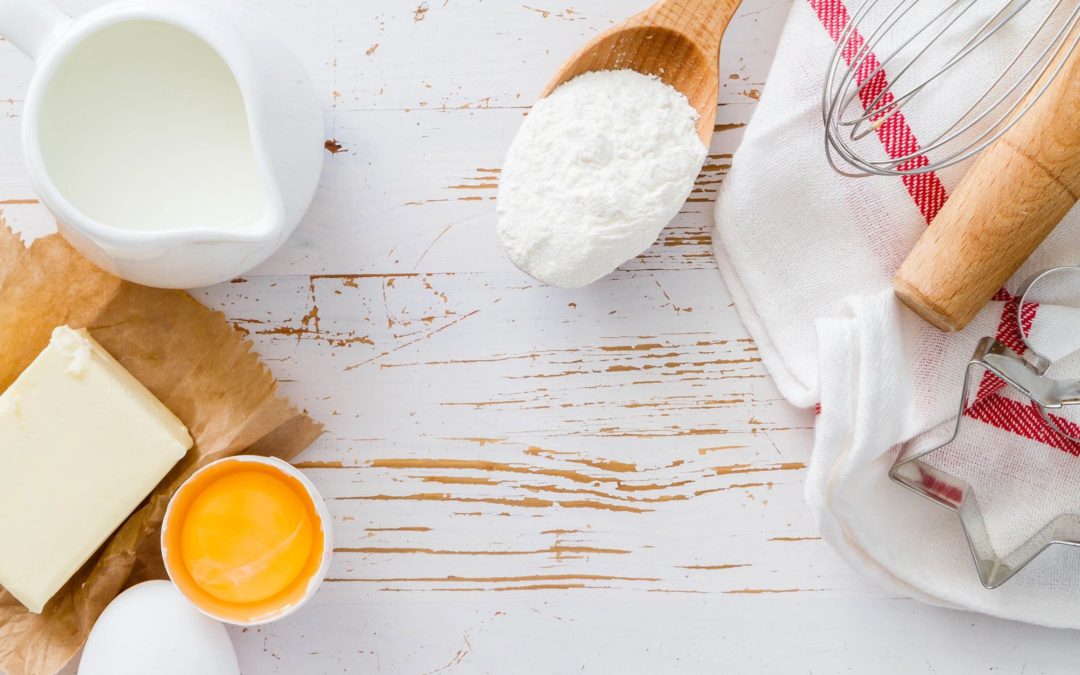I’m always looking for healthy hacks to make my baking more nutritious without compromising taste. I believe that eating dessert is a right and not a privilege. No one should be deprived of eating a sweet treat even if they are trying to lose weight or struggling with blood sugar issues. Besides people have been finishing off meals for centuries with dessert and rarely had weight issues.
What has changed in the last few decades is the increase of commercial processed baked goods filled with chemical ingredients your body doesn’t even recognize. Flours that have little to no nutritional value and the increase amount of sugars or fake sugars used to make the product appeal tasty and additive. This is why you cannot stop yourself from eating more than one serving.
One of the health hacks I practice is substituting all purpose flours to a more nutritional dense flour. One that I love using especially in baking is coconut flour because of it’s amazing health benefits.
What I love now is the wide variety of flours that are available on the market and how easily they are available to us. You no longer just have the choice of baking with all purpose or whole flour. I’m not really a great cook but I love to bake. To satisfy my sweet tooth I try to make my treats a little more guilt-free by including real nutritious ingredients. One of the switches I made are the flours I choose to use because of the amazing health benefits of coconut flour.
Coconut flour is ideal for baking because of it’s slightly sweet taste. I don’t notice a huge difference when baking with it but I suggest if you are new to using it you introduce it slowly by substituting partial amounts. Keep reading and I’ll explain how to substitute it properly as there is a science to it.
The health benefits of coconut flour.
Coconut flour contains a large amount of dietary fibre and protein compared to regular wheat flour. One-quarter cup of this flour provides 12 grams of fibre, 5 grams of protein and 6 grams of healthy fats. Why is this important? You want to eat things with a high amounts of fibre, protein and healthy fats because they make you fuller longer, making you more satisfied which means you are more likely to eat less. Kinda important when we are talking about desserts, isn’t it?
Coconut flour is wheat and gluten-free making it a great choice if you have celiac disease or sensitive to gluten. Furthermore, if you are diabetic or pre-diabetic this flour is for you. It’s low in carbohydrates and low on the glycemic index which means it has a mild impact on your blood glucose levels. And since coconut flour is a rich source in dietary fibre, which can help reduce the risk of developing heart disease and lower cholesterol levels.
How to bake with coconut flour.
Since coconut flour is high in fibre it is more dense than other flours so it requires more liquids in the recipes. The biggest mistake I made when baking was substituting one cup coconut flour to any other flour in a recipe. My recipes would never turn out properly. What I do now I make a partial substitution with coconut flour and include other flours since as rice, almond or spelt flours. Ideally 1/4 to 1/3 of a cup of coconut flour to one cup of grain based flour.
Google is an amazing little resource tool. Whenever I want to bake something using coconut flour I’ll type something in such as brownie recipe with coconut flour. And BAM just like that I will have a variety of healthy recipes to chose from. You will notice that this recipe usually includes more liquids such as eggs for binders, oils or water.
What are your favourite flours to bake with?
Source:
http://www.diabetes.co.uk/natural-therapies/coconuts.html

